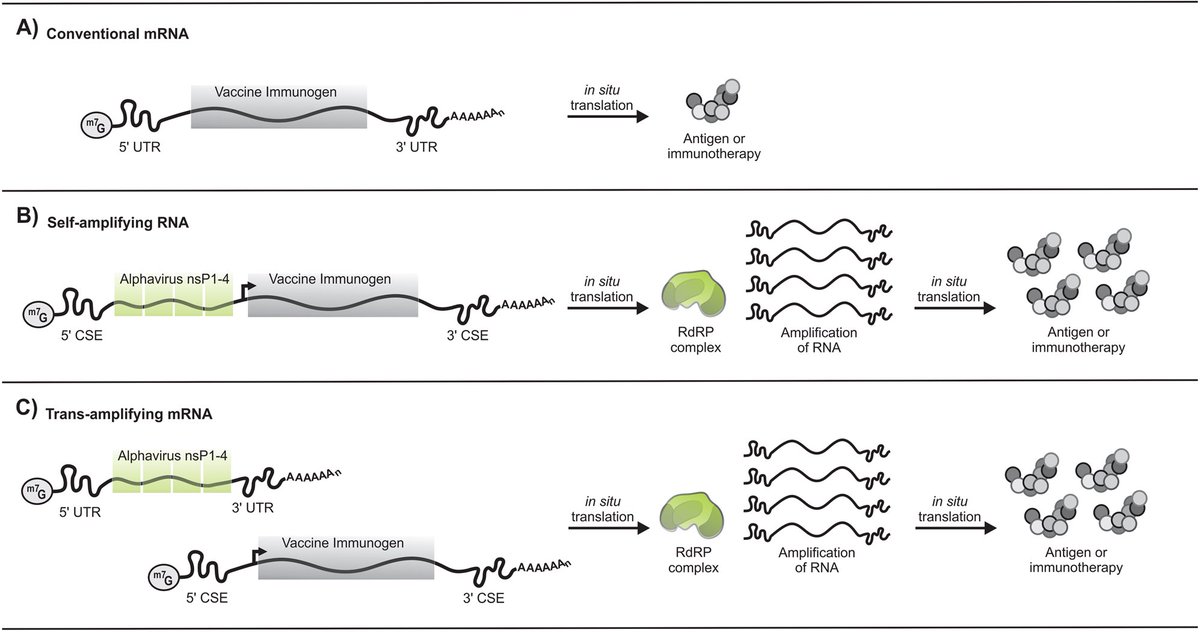
Bio Weapon Survivor💉• Art • Psychology • Spirituality • Light & Mitochondria Biology • Decentralised Medicine 🇺🇸 • Nature🏕️• The Jesus Way Within ✝️
How to get URL link on X (Twitter) App


 From the beginning, the vaccination program was doomed to failure even though I myself made the mistake to take the jab in late 2021 to see my family who was very sick…
From the beginning, the vaccination program was doomed to failure even though I myself made the mistake to take the jab in late 2021 to see my family who was very sick…
 As Douglas Gentile puts it:
As Douglas Gentile puts it: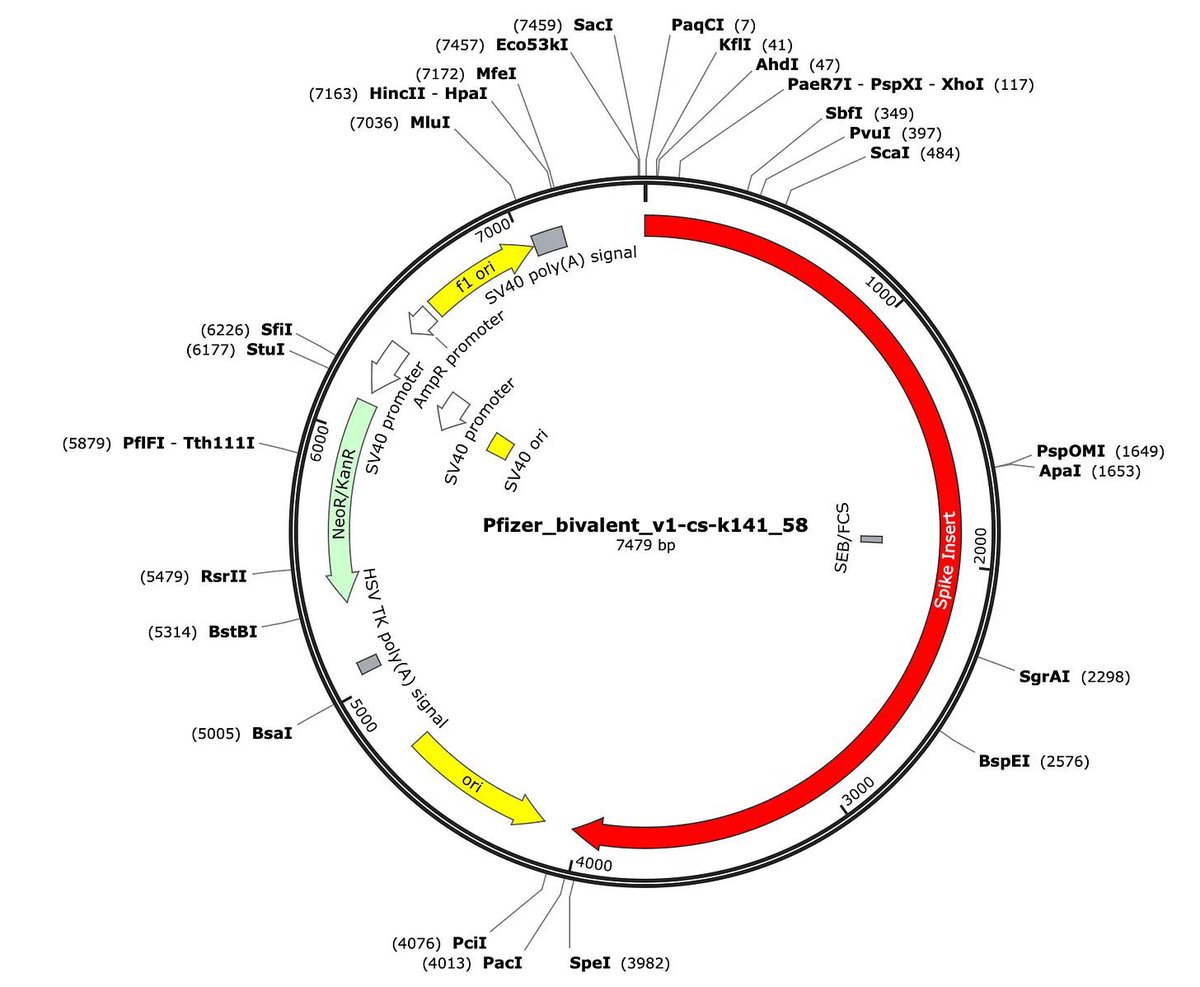

 1. SV40 promoters, lipid nanoparticles (LNPs), and the immune response. The SV40 promoter is a powerful DNA sequence that can drive gene expression, but what happens when it’s introduced into cells with LNPs?
1. SV40 promoters, lipid nanoparticles (LNPs), and the immune response. The SV40 promoter is a powerful DNA sequence that can drive gene expression, but what happens when it’s introduced into cells with LNPs?


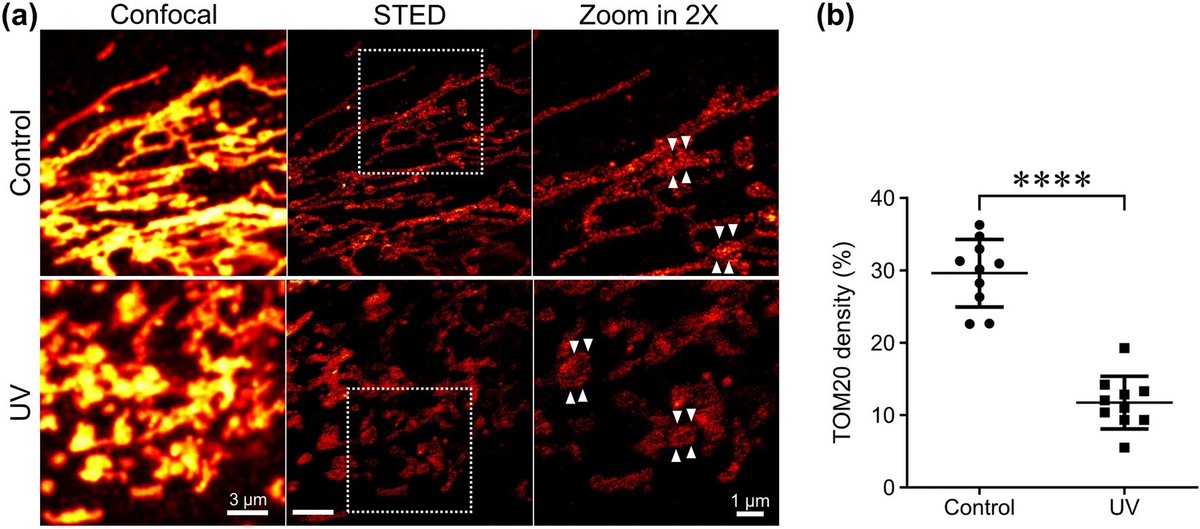

 1. Sunlight structures water within cells ( EZ Water), facilitating optimal electron transport in the mitochondria. “Depleted Water” in mitochondria enhances energy efficiency. An example of hidden effects of sunlight on water made 3 weeks after exposure.
1. Sunlight structures water within cells ( EZ Water), facilitating optimal electron transport in the mitochondria. “Depleted Water” in mitochondria enhances energy efficiency. An example of hidden effects of sunlight on water made 3 weeks after exposure. 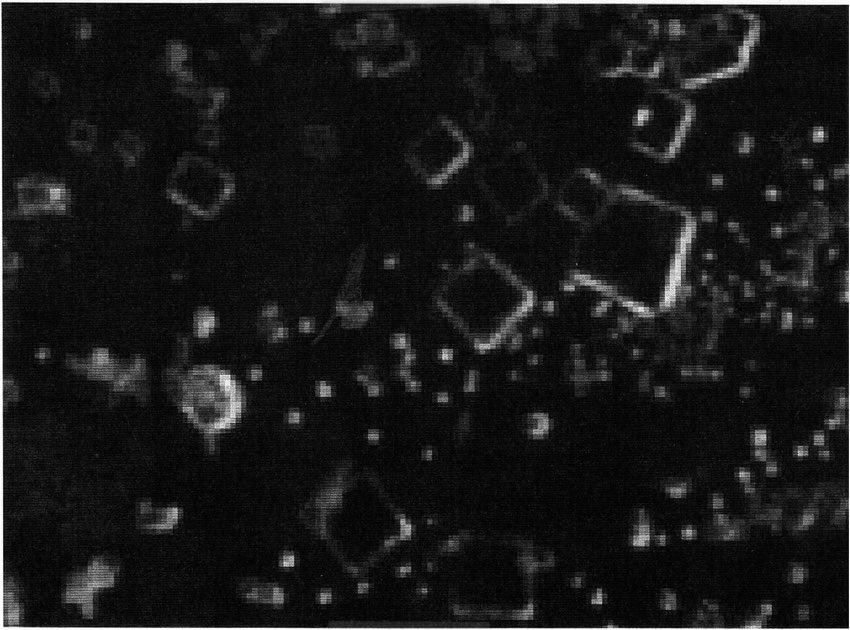
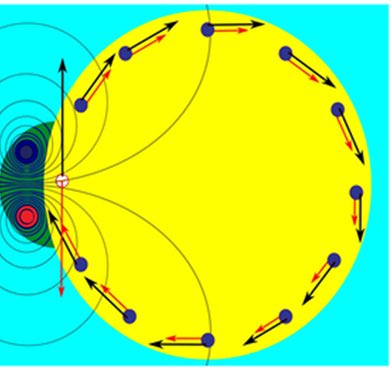

 1. The recent release of self-amplifying mRNA vaccines is a biological gamble. This isn’t just a next-gen booster; it’s about turning your body into a constant antigen factory. With no clear endpoint for replication, we’re tampering with evolutionary biology at the cellular level
1. The recent release of self-amplifying mRNA vaccines is a biological gamble. This isn’t just a next-gen booster; it’s about turning your body into a constant antigen factory. With no clear endpoint for replication, we’re tampering with evolutionary biology at the cellular level 